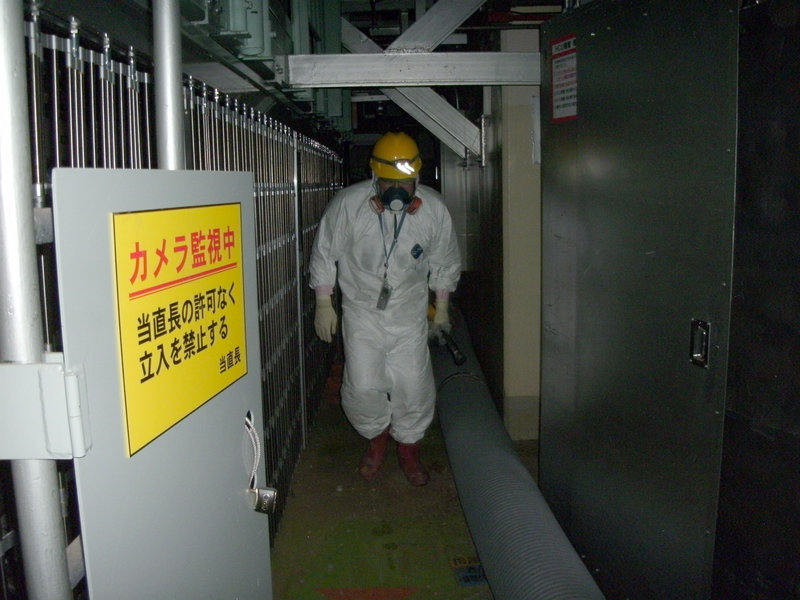TOKYO — Tokyo Electric Power Co. said Monday that fuel in other reactors at its damaged nuclear plant may have melted, after confirming rods in the No. 1 unit had fallen from their assembly, potentially delaying plans to resolve the crisis.
“The findings at the No. 1 reactor indicate the likelihood that the water level readings in the other reactors aren’t accurate,” Junichi Matsumoto, a general manager at the utility known as Tepco, said at a news conference. “It could be that a meltdown similar to that in the No. 1 reactor has occurred.”
Tepco has been struggling to cool reactors and stop radiation leaks to resolve the world’s worst nuclear crisis since Chernobyl in 1986. The discovery that fuels rods had melted within 16 hours of power being knocked out means it’s unlikely Tepco can meet its timetable for containing the leaks, a nuclear engineering professor said.
“Tepco didn’t clearly indicate how much uncertainty and potential negative scenarios were factored into the road map,” said Hironobu Unesaki at Kyoto University. “I don’t think they gathered enough data before coming up with the plan.”
The operator of the Fukushima Dai-ichi plant said earlier it believes 35 percent of the rods of reactor No. 2 and 30 percent of those in the No. 3 unit melted after cooling systems failed. An announcement on the status of the two reactors will be made later, Matsumoto said.
The fuel in the No. 1 reactor started melting about 4 1/2 hours after the magnitude-9 earthquake hit on March 11 when the water level in the reactor core vessel fell below the base of the assembly, Tepco said Sunday.
The temperatures in the core rose to about 5,072 degrees Fahrenheit, the melting point of fuel rods, after emergency cooling was knocked out by the tsunami that hit the plant about 45 minutes after the quake, the company said.
By 6:50 a.m. on March 12, “most of the core” had melted and fallen to the base of the vessel, Tepco said.
Engineers established the extent of the damage after fixing gauges in the reactor No. 1 building last week. The building was damaged by a hydrogen explosion on March 12. Tepco said water from the reactor has leaked out through the outer chamber and has filled the building’s basement to 14 feet.
The melted fuel has cooled because enough water has accumulated in the bottom of the inner vessel after being pumped in, Tepco said. A “large-scale release of radioactive materials is unlikely,” the statement said.
Send questions/comments to the editors.



Success. Please wait for the page to reload. If the page does not reload within 5 seconds, please refresh the page.
Enter your email and password to access comments.
Hi, to comment on stories you must . This profile is in addition to your subscription and website login.
Already have a commenting profile? .
Invalid username/password.
Please check your email to confirm and complete your registration.
Only subscribers are eligible to post comments. Please subscribe or login first for digital access. Here’s why.
Use the form below to reset your password. When you've submitted your account email, we will send an email with a reset code.